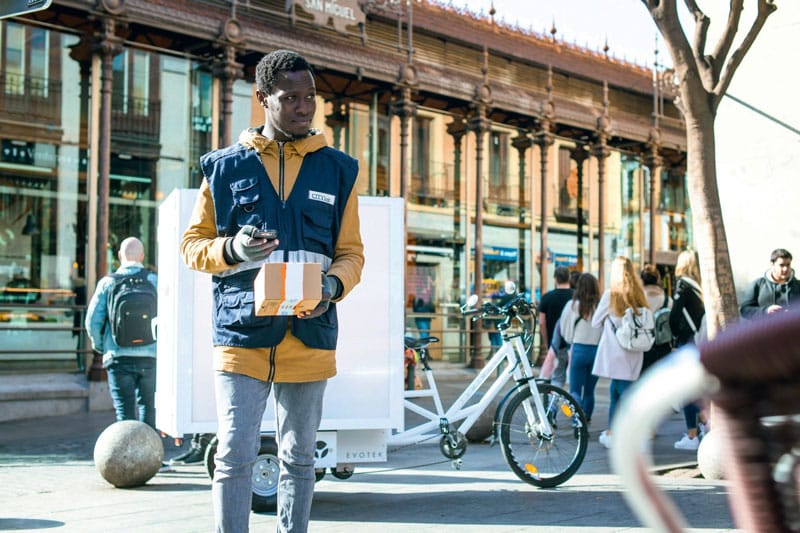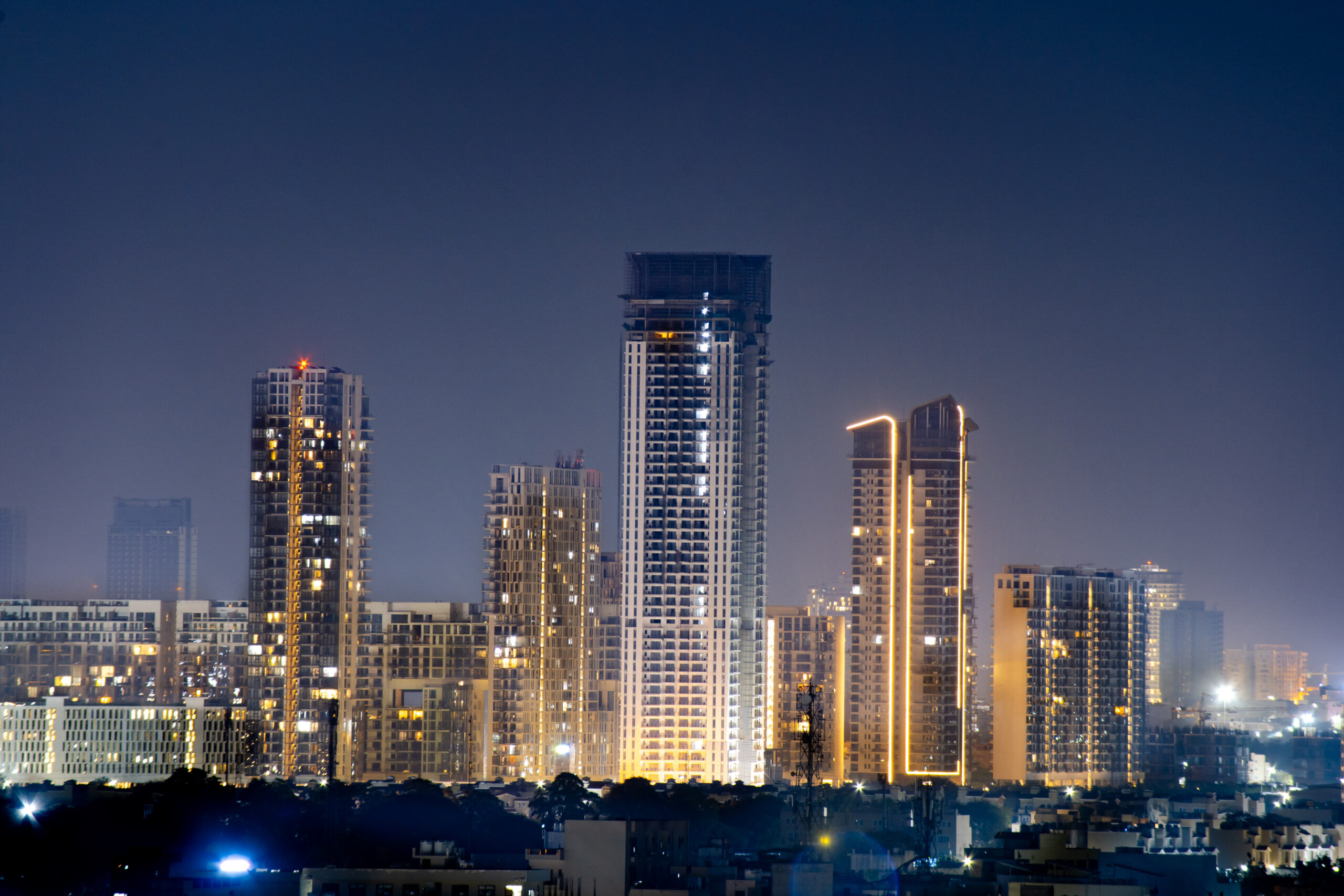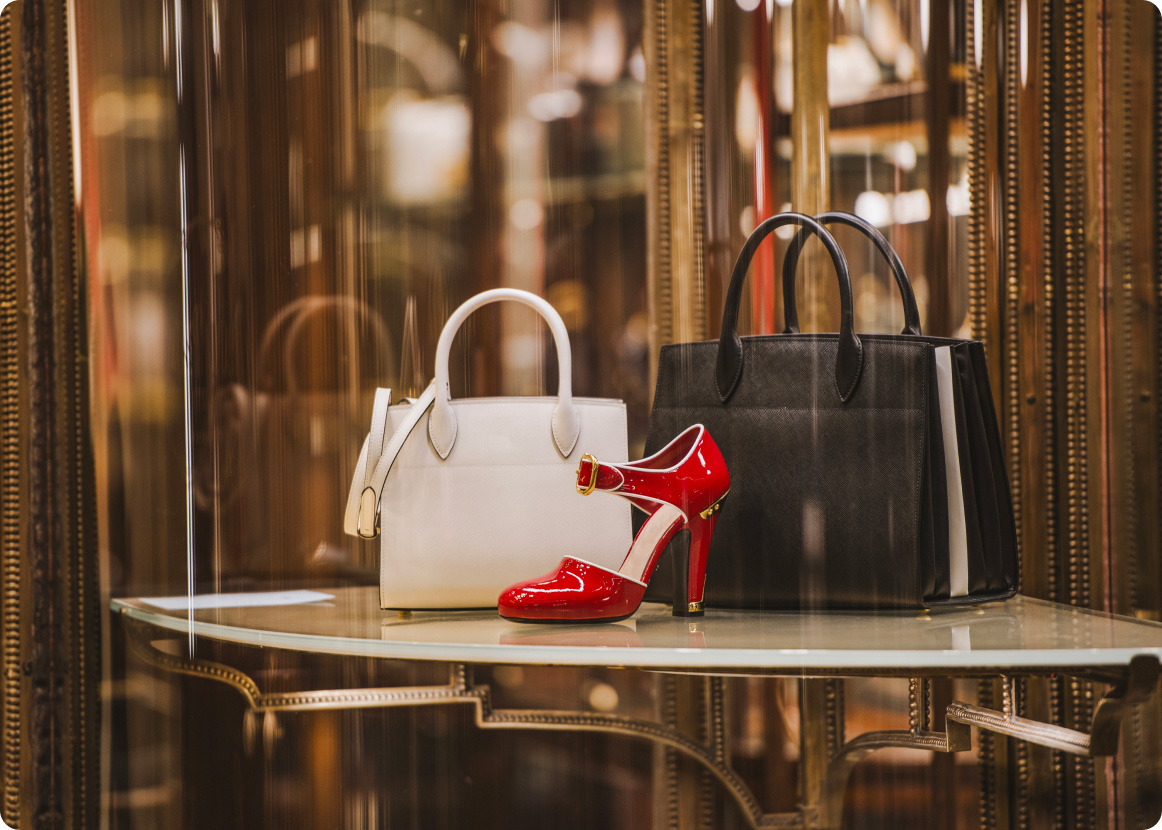Fast, convenient, sustainable: conflicting expectations and the future of consumption
The past year and a half—with a global pandemic, upheaval in the way people work, and economies on government life support—took already growing consumer trends and accelerated them beyond what many thought was possible.
An increased awareness of health and the environment led to even more people wanting to consume responsibly. At the same time, lockdowns and working from home meant an explosion of online shopping for everything from clothing to groceries.
A research report from Facebook and Bain projected that average online spending grew by 60% from $238 per person in 2020 to $381 per digital consumer. Online retail in Southeast Asia surged from 5% in 2020 to 9% at the end of 2021, the report said, noting that pace is faster than in Brazil, China or India.
That combination of elements has brought consumers to the forefront of supply chain logistics, formerly a primarily B2C industry. It has also created a challenge for logistics companies and their customers (e.g., retailers, manufacturers) concerned about their bottom line. How can they find ways to be environmentally responsible—cutting CO2 emissions, reducing waste, creating local employment—while meeting B2B and B2C demands for speedy and convenient delivery, and keeping costs to a minimum? The questions become even thornier when considering the complications in dense urban environments, where delivery vehicles of all kinds already account for 20% of urban traffic and are responsible for 30% of urban pollution. Space and time constraints add to the challenges in cities, which are creating a regulatory framework for freight mobility. Finding new solutions is paramount.
Solutions, especially in addressing the last-mile challenges, include “dark stores,” smaller warehouses within or close to cities whose only purpose is the fulfillment of online and phone orders. Alternatives to home delivery are also coming to the forefront. Portable lockers for pickup and drop-off, as well as micro-fulfillment centers and click-and-collect, are becoming more common globally.
One of FM Logistic’s initiatives is city corners that establish automated neighborhood pickup and drop-off points in city centers for everything from fresh and frozen foods to packages and voluminous parcels. These FM Logistic city corners are not only for the convenience of consumers; they also have the potential to reduce traffic, noise, and pollution thanks to mutualization of means, to create new jobs within the city, and develop the circular economy.
In India, FM Logistic also introduced electric vehicles (EVs) this year to fulfill delivery commitments within city limits in Bengaluru. This initiative is part of FM Logistic’s initial pilot to check for their effectiveness to carry out urban and hyper local deliveries. The EVs will be used to carry out intra-city deliveries for their customers in the FMCG, Food, Pharma and retail segments.
These ideas dovetail with other large shifts in the world of logistics, led by the growth of the omnichannel approach to retail—using multiple platforms, seamlessly linked, to reach consumers and meet their needs while improving efficiency. From the logistics perspective, omnichannel presents opportunities to create efficiencies that cover entire sectors, even among competing clients, allowing for better use of warehouses, transportation, and packaging while reducing other kinds of waste.
This increase in consumer visibility for the logistics sector brings an increase in responsibility. Data tracking and transparency will become key, both for identifying efficiencies and for raising awareness about sustainability among consumers, retail partners, and government authorities. In the sum of all these efforts, from omnichannel to last-mile solutions, the logistics industry is moving from the wings to center stage, with an opportunity to be a leader in the kind of sustainable development that honors the environment and consumers who want to buy responsibly.



